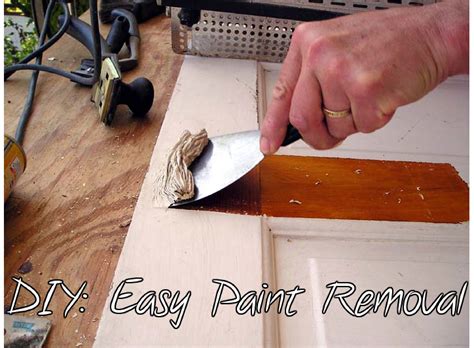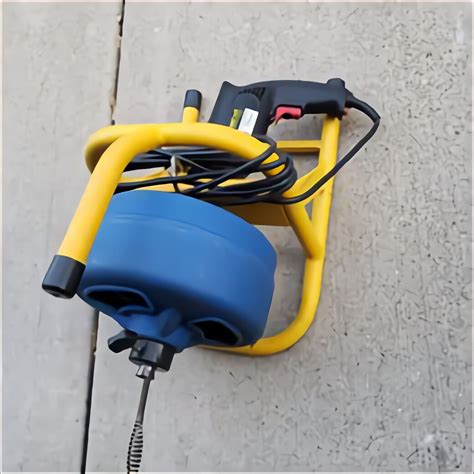
Natural Options to Remove Paint From Wood
If you’re looking for a natural and chemical-free way to strip paint from wood, there are a few options you can consider. One method is using heat to soften the paint by using a heat gun or a hairdryer. Another option is using a paste made from equal parts baking soda and water, which can be applied to the painted surface and left to sit for a few hours before scraping it off. Additionally, soy-based paint strippers are also available as a safer alternative to traditional chemical strippers.
Safety Considerations
Before you begin the paint stripping process, it’s important to prioritize safety. Paint stripping can release harmful fumes and particles, so it’s essential to work in a well-ventilated area. Wear protective gloves, safety goggles, and a mask to protect yourself from any potential hazards. Keep in mind that different paint strippers may have specific safety instructions, so carefully read and follow the manufacturer’s guidelines.
How to Strip Paint From Wood
Step 1: Apply Paint Stripper
Start by applying a paint stripper onto the painted surface. Use a brush to spread a thick and even layer of the stripper over the entire area you want to strip. Make sure to work in manageable sections to avoid the stripper drying out before you can remove the paint.
Step 2: Wait for Paint to Bubble
Allow the paint stripper to sit on the wood surface for the recommended amount of time indicated on the product label. As the paint stripper works, you’ll notice the paint beginning to bubble or wrinkle. This indicates that the stripper is effectively loosening the paint layers.
Step 3: Scrape With Metal Putty Knife
Once the paint has bubbled, use a metal putty knife or a paint scraper to gently scrape off the loosened paint. Be careful not to gouge or damage the wood surface. Work in the direction of the wood grain, and if needed, use a wire brush to remove any remaining paint residue.
Step 4: Reapply Stripper as Necessary
For stubborn or multiple layers of paint, you may need to repeat the process of applying the paint stripper and allowing it to bubble before scraping off the paint. Follow the manufacturer’s instructions regarding the number of applications and waiting times.
Step 5: Clean With Mineral Spirits
After removing the paint, it’s important to clean the wood surface to remove any remaining paint residue or stripper. Use mineral spirits or a similar solvent to wipe down the wood, following the manufacturer’s instructions. This will ensure a clean surface for refinishing or further treatment.
Step 6: Use Steel Wool on Stubborn Spots
If there are any stubborn spots or small paint remnants left on the wood, you can use fine-grade steel wool to gently scrub the surface. Be cautious not to apply excessive pressure that may damage the wood.
Step 7: Prep Wood for Refinishing
Once the paint has been completely stripped, it’s important to prepare the wood for refinishing. Sand the surface using a medium-grit sandpaper to smooth out any rough areas or imperfections. Clean the wood again with mineral spirits to remove any dust or debris, and then you’re ready to proceed with your desired refinishing method.
Frequently Asked Questions (FAQs)
Q: Can I strip paint from wood without using chemicals?
A: Yes,
there are natural options to remove paint from wood without using chemicals. Heat guns, baking soda paste, and soy-based paint strippers are some alternatives to consider. However, keep in mind that these methods may require more time and effort compared to chemical strippers.
Q: Can I use a regular putty knife for scraping paint off wood?
A: While a regular putty knife can be used for scraping paint off wood, using a metal putty knife or a specifically designed paint scraper is recommended. These tools are sturdier and better suited for the task, minimizing the risk of damaging the wood surface.
Q: Is it necessary to wear protective gear when using paint strippers?
A: Yes, it is essential to wear protective gear when using paint strippers. This includes gloves, safety goggles, and a mask to protect yourself from potential fumes and particles. Additionally, follow the specific safety instructions provided by the paint stripper manufacturer.
Conclusion
By following these step-by-step instructions, you can effectively strip paint from wood surfaces. Whether you choose natural options or chemical strippers, prioritize safety and work in a well-ventilated area. Remember to apply the paint stripper, wait for the paint to bubble, scrape off the loosened paint, and clean the wood surface. With proper precautions and techniques, you’ll be able to restore the beauty of your wood and prepare it for refinishing or other treatments.

:max_bytes(150000):strip_icc()/what-is-the-difference-between-a-pergola-and-an-arbor-2736630-hero-68bb466d08ab490a81ad36b2b44cccdf.jpg)




